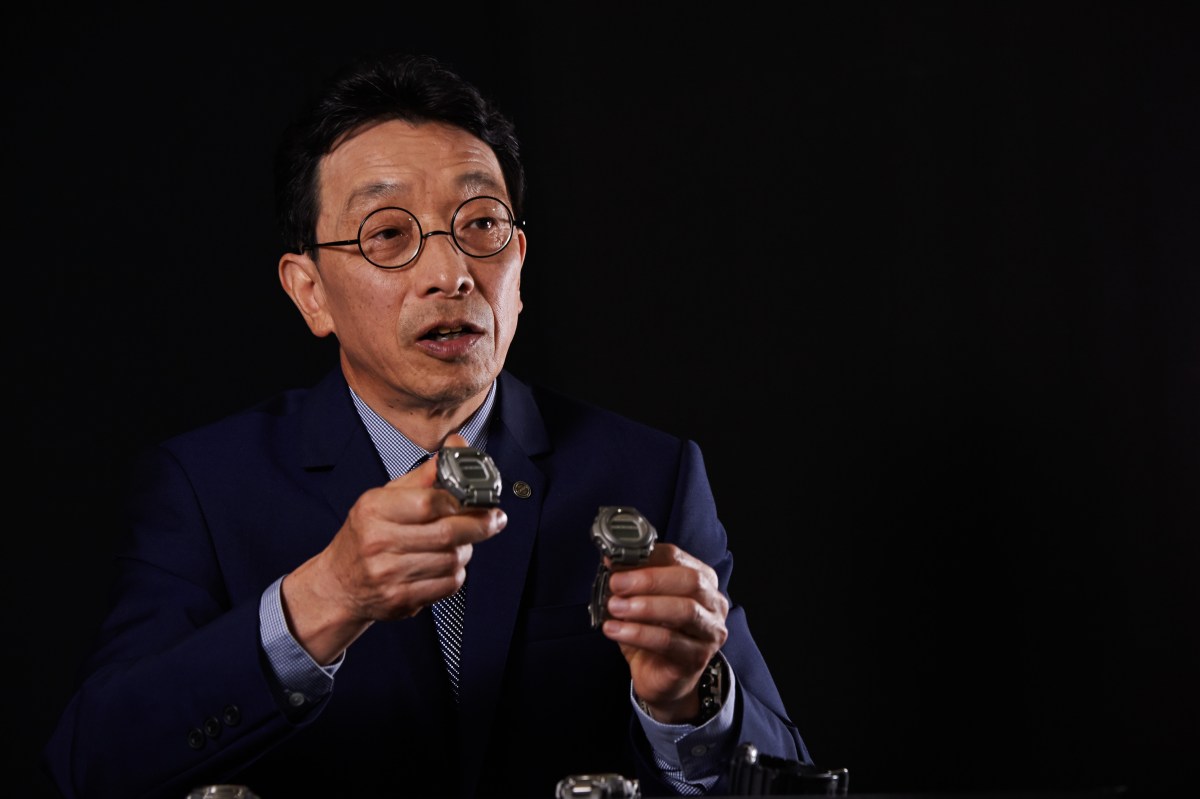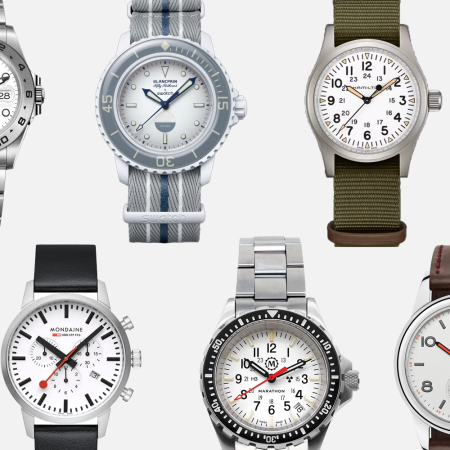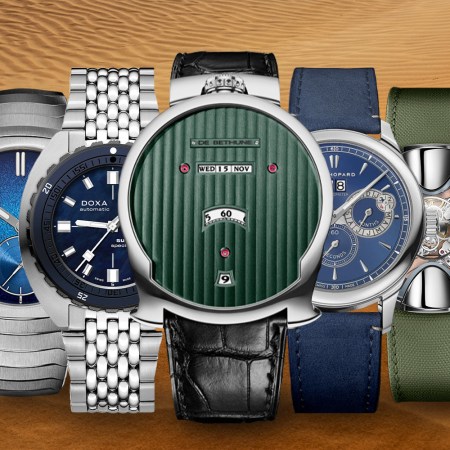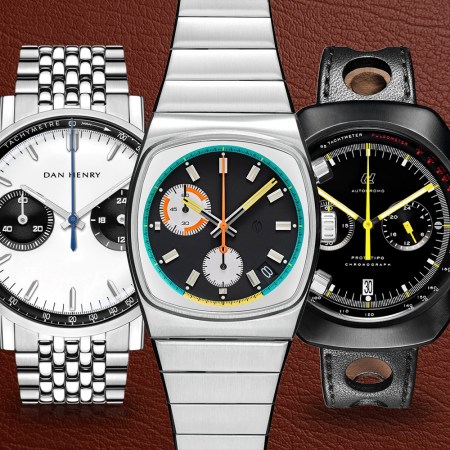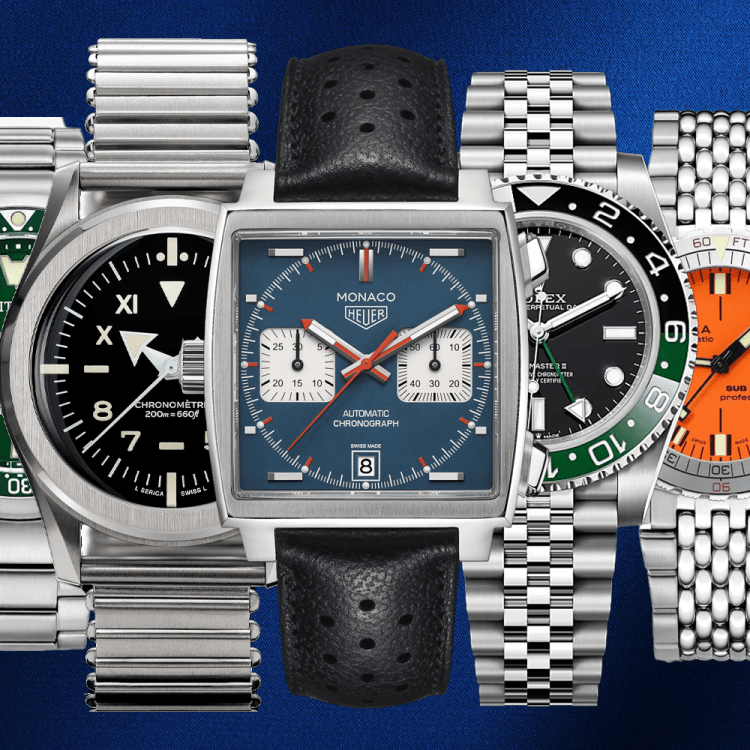Just over two years ago, officials from Guinness World Records drove a 24.97-ton dump truck over a Casio G-SHOCK in order to test the ticker’s claim to be the world’s toughest watch.
Though the massive truck Guinness used for the test gave the DW5600E-1 model quite a licking, the iconic square-case watch kept on ticking, setting a new world record for the heaviest vehicle to drive over a watch without breaking it.
While that toughness test wasn’t quite what G-SHOCK founder Kikuo Ibe relied on when he first developed the watch for Casio more than 35 years ago, he had plenty of his own. Ibe went through more than 200 handmade prototypes before finally settling on the original G-SHOCK in 1983.
Conceived of after Ibe broke a watch that his father had given him, the original G-SHOCK was developed so construction workers in Japan would be able to check the time while they worked without having to worry about what they were wearing on their wrists getting broken.

In addition to toughness, each G-SHOCK began to encompass six other elements: electric shock resistance, gravity resistance, low-temperature resistance, vibration resistance, water resistance and shock resistance.
How Ibe and his team decided to package all those elements is interesting.
“When we first came up with the concept of G-SHOCK, the number-one priority was that it was tough and doesn’t break,” he tells InsideHook through an interpreter. “The other thing was, since Casio was a watchmaker, we wanted a face design that best represented the digital screen. So that was a square design. The digital screen is best visible when it’s square. It’s kind of odd. Also, the shock-absorbent structure fit well when it was in this shape. So those are some reasons why the 5600 was designed that way. We didn’t have the design first and then implement the function into the watch. Instead, the functionality and the features we wanted to put into the watch kind of led to the design.”
To market the G-SHOCK to America five years after it was first designed, Casio made a commercial focusing on another group of rough-and-tumble guys: hockey players.
“I was based in Japan, so I didn’t really know about the existence of that commercial,” Ibe says. “If I did, I would never have approved it because I would not have been sure it would go well. But, I’m guessing the guys that made the commercial knew that if it went for approval, they would get declined. But as a result, it’s really well-made and it really is easy to grasp the idea that the watch is tough. So, as a result, it was great.”
Though tests like dump truck and slapshot made for good PR, Casio never actually ran them at their research-and-development center in Tokyo, according to Ibe.
“We have never heard of an episode or had a customer telling us the watch broke down because it was used in a certain circumstance,” Ibe says. “So actually, we haven’t done a unique test like the dump truck or the hockey player. But personally, I have seen a big trailer run over a G-SHOCK and the watch was still working.”
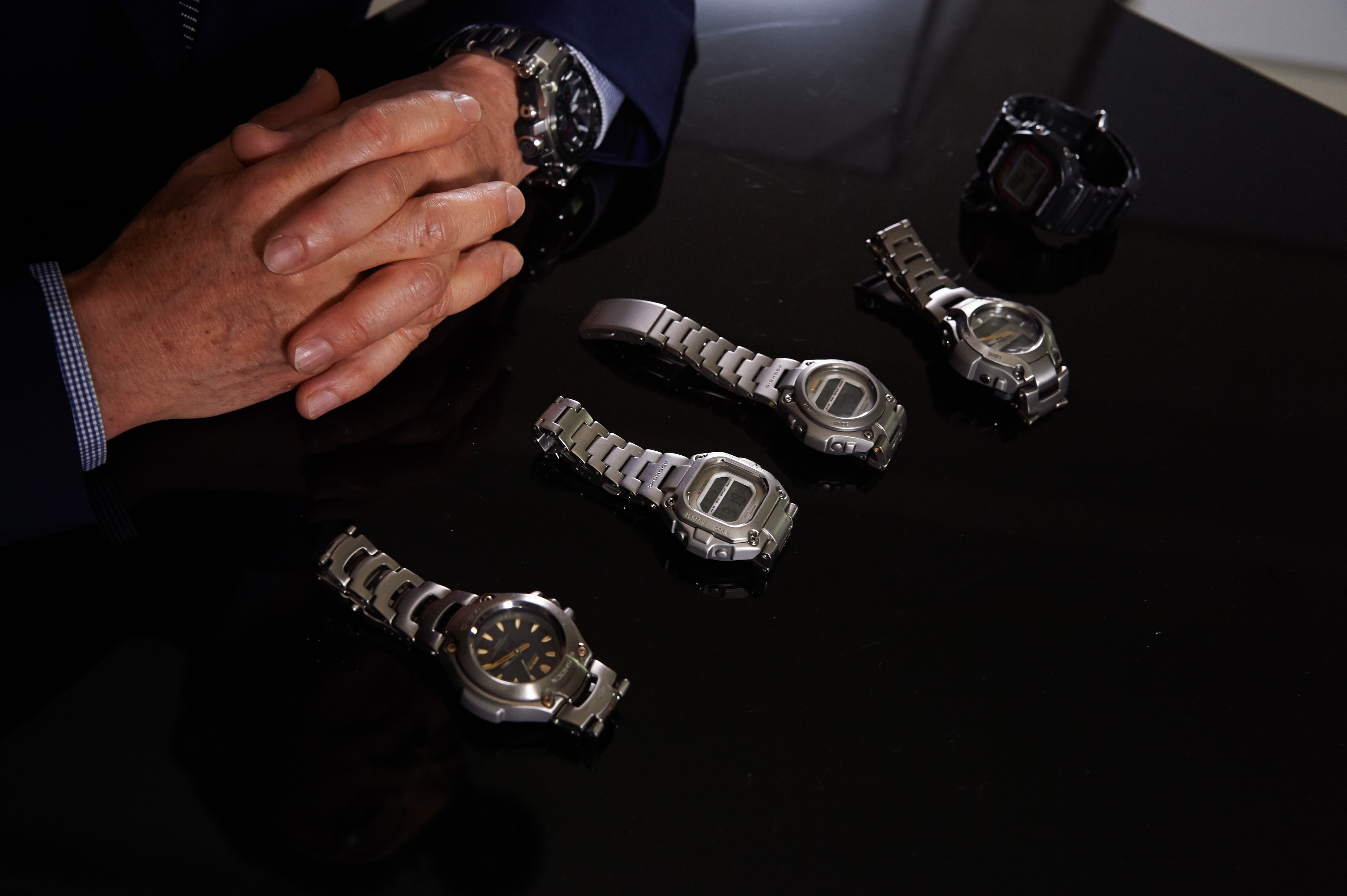
Ibe has also heard a number of stories from G-SHOCK customers about their watches surviving traumatic treatment, but there’s one he counts as his favorite.
“A mother came to me carrying her two-year-old baby and said that she was a G-SHOCK fan as was her infant daughter,” Ibe says. “I didn’t understand so I asked her how the girl could like G-SHOCK since she was so young. The mother said her baby always bites the G-SHOCK band. It was like a turning point for her. She’d destroyed a lot of things because she chewed them all the time, but the G-SHOCK never broke. She was the youngest user of G-SHOCK.”
Wherever she is now, you can bet that her G-SHOCK is probably still ticking.
This article was featured in the InsideHook newsletter. Sign up now.
